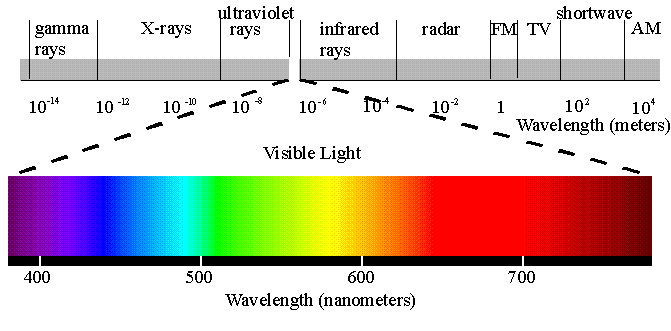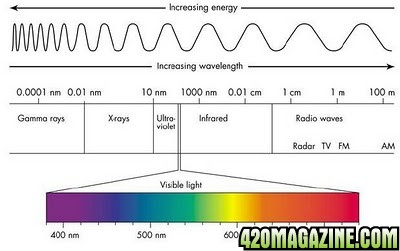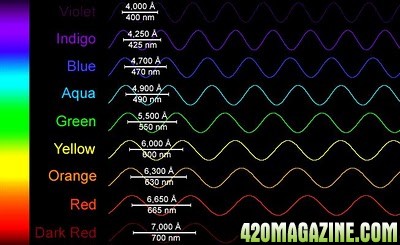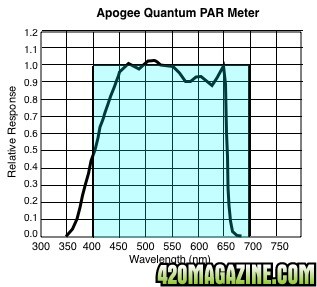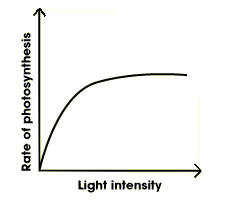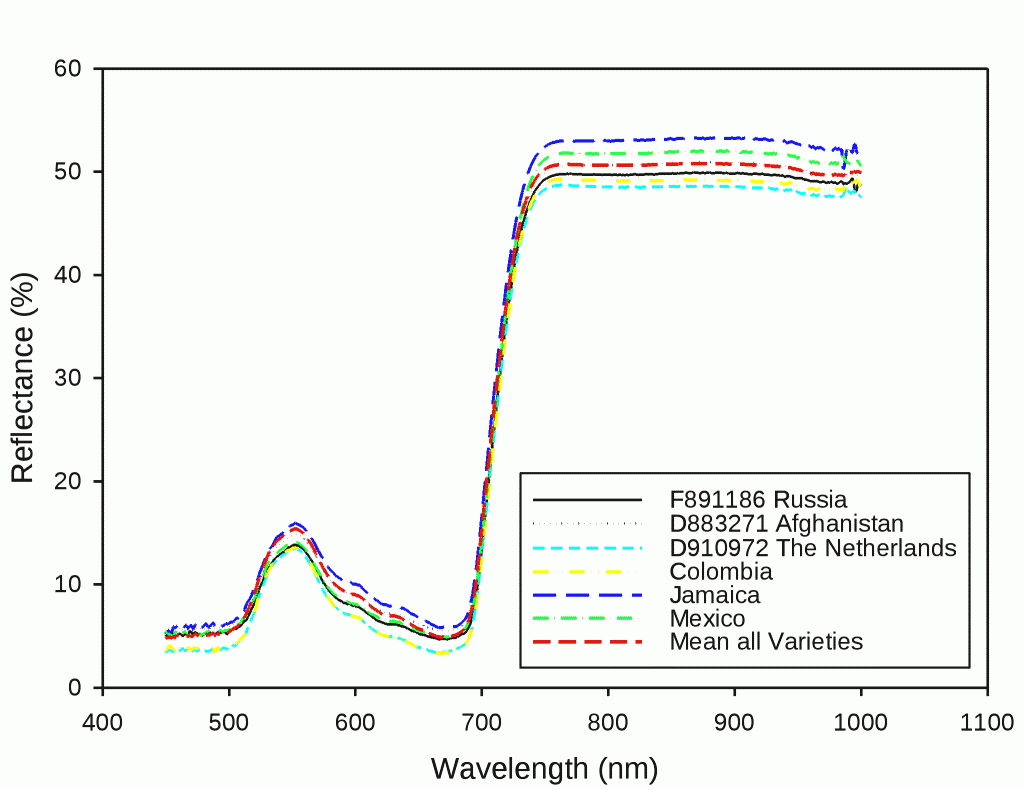Fuzzy Duck
Well-Known Member
Ok I'm a little old school & understand the principles of light for growing but some of the new terms like...
PPF & Umol - well we didn't get this with HPS, MH or CFL etc !
I have been looking at led panels with all relevant information relating to the above measurements, so what I'm trying to begin to understand are these measurements or balance of them to achieve a suitable harvest.
The old skool in me, relates this to what gets more yield a 250w or 600w HPS = that is easy answer.
Correct me if I am wrong ?
PPF is the light foot print over distance which degrades at various heights & if you may of been so lucky enough to see a grid reference of such Ya know what I mean.
How ever Umol has got me really stumped & I'm not sure how this plays out in growing or in related maths to the question at hand ?
PPF & Umol - well we didn't get this with HPS, MH or CFL etc !
I have been looking at led panels with all relevant information relating to the above measurements, so what I'm trying to begin to understand are these measurements or balance of them to achieve a suitable harvest.
The old skool in me, relates this to what gets more yield a 250w or 600w HPS = that is easy answer.
Correct me if I am wrong ?
PPF is the light foot print over distance which degrades at various heights & if you may of been so lucky enough to see a grid reference of such Ya know what I mean.
How ever Umol has got me really stumped & I'm not sure how this plays out in growing or in related maths to the question at hand ?





